 It’s easy enough, I find, to catch the single malt snobbery (SMS) bug in this industry. But I have now come to the conclusion that it’s a dangerous disease to be plagued with. Sufferers tend to ail with sweats of snobbery, a blinding of their senses and levels of criticism best saved for analytical university papers.
It’s easy enough, I find, to catch the single malt snobbery (SMS) bug in this industry. But I have now come to the conclusion that it’s a dangerous disease to be plagued with. Sufferers tend to ail with sweats of snobbery, a blinding of their senses and levels of criticism best saved for analytical university papers.
I wholeheartedly admit to having been single malt zombified myself. For years I looked down on blends, spoke of them only in ironic tones and gaffawed when someone told me their favourite whisky was one served from an optic with a dash of coke. The heathens, I’d think, happy in my single malt tower.
But then, things started to change. I’m not sure how I escaped the fog of my belief system, but it began this year. I found myself relaxing towards the whole category of whisky, beginning to realise that the vast majority of whisky drinkers couldn’t be entirely wrong.
I think it also came about because I started to get a lot ‘geekier’ about whisky, started caring more about fermentation times, European vs American oak casks and still sizes. While some may think that would make me even snobbier towards blends, it actually had the opposite effect – I started to appreciate, far more, the skill that it takes to be a blender, whether that’s blending multiple casks together from one distillery to make a single malt, or blending grain and malt whisky together to create a harmony of flavours.
 Whatever it was, I’m now on my way to recovery from the SMS bug. Things are looking brighter.
Whatever it was, I’m now on my way to recovery from the SMS bug. Things are looking brighter.
And, for me, the most telling sign was when I headed to a recent event put on by The Famous Grouse and was able to do so with almost no fear. You see, the brand had – for years – fallen into my “DO NOT APPROACH” category. I’d blamed it (or, at least ones like it – those found on off-license shelves) for why I hated whisky from the ages of 18-22, having bought one from a shop in Dorset and having found myself with the world’s worst hangover the following day. This was due, almost certainly, to the amount I drank, rather than the brand but suddenly my hatred of whisky was due to “cheap blends”. It wasn’t until a fortuitous trip to a tasting at Milroy’s four years later and a evening of sampling single malts that I had my eyes reopened to the beauty of this spirit. Single malt saved me, as it were.
But with my new approach to whisky I was keen to head along to the Famous Grouse event. The brand was in town celebrating its trophy win at the IWSC for its 40-year old blended malt and discussing the wider release of its Black Grouse Alpha.
 The former was originally made at the request of Schiphol airport in Amsterdam, which wanted a super premium Famous Grouse for its duty free. Gordon Motion – the master blender – was tasked with making six bottles but it soon became apparent that it would make more sense to do a larger batch since there were four refill sherry casks turning 40. The final tally came out at 276 bottles, 50 of which are destined for the UK with a retail price of £2000.
The former was originally made at the request of Schiphol airport in Amsterdam, which wanted a super premium Famous Grouse for its duty free. Gordon Motion – the master blender – was tasked with making six bottles but it soon became apparent that it would make more sense to do a larger batch since there were four refill sherry casks turning 40. The final tally came out at 276 bottles, 50 of which are destined for the UK with a retail price of £2000.
And it’s understandable why this whisky rated so highly amongst judges at the IWSC. It was beautiful. On the nose, there were floral, orange petal, rose and elderflower notes with a hint of vanilla sugar, while the palate was nice and oily, with caramel, pepper, cinnamon and grass notes and very little burn for the 47% ABV.
Of course, tasting a 40 year old blended malt from Famous Grouse isn’t exactly a fair way to return to a brand. Which is why I was also keen to sample the company’s Black Grouse Alpha. Originally made for the Swedish market – where the Famous Grouse brand is very big – the whisky is a peated version of the standard Famous Grouse and includes older whiskies than those found in the standard Black Grouse. The whisky will be available at Waitrose for the first time starting this month, having previously only been available in duty free and will cost £36.49.
What I loved about the Black Grouse Alpha was its approachability. On the nose, there’s loads of rich, sherried sweetness, with dashes of orange and treacle. The peatiness is there but it’s in the form of a warming fireplace (embery and woody) that I find quite appealing. On the palate, the whisky is creamy and oily, with just a touch of a grassy note and a dash of rich smokiness mid-palate. There’s a sweet, almost cherry and almond slice side to it too.
 I used this whisky at a recent tasting I ran, curious to get people’s reactions to the ubiquitous brand. It came out as one of the favourites of the night and one person described it as “a peaty whisky for people who aren’t sure they like peaty whiskies.” It’s very welcoming and I’m keen to get other people’s opinions on it at future tastings.
I used this whisky at a recent tasting I ran, curious to get people’s reactions to the ubiquitous brand. It came out as one of the favourites of the night and one person described it as “a peaty whisky for people who aren’t sure they like peaty whiskies.” It’s very welcoming and I’m keen to get other people’s opinions on it at future tastings.
And so, in Black Grouse Alpha I have found not just a new whisky I quite like, but yet another new layer in my experience of blends. Ok, so it’s not your standard supermarket blend – it’s still quite pricey if you’re used to spending £15 on a bottle. But I’m getting there. And in future posts, I’ll be exploring the world of those more standard blends, trying to find ones that really impress not just the wallet, but the tastebuds, and which might have the power to help cure anyone suffering from SMS. It’s really quite nice on the other side.







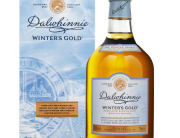
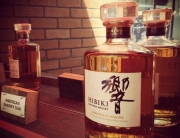
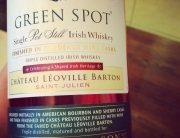

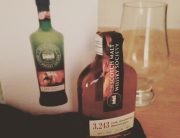

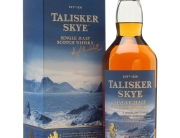

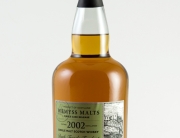

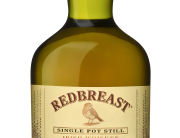
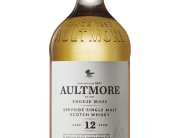









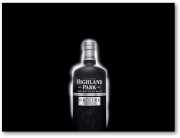

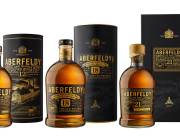
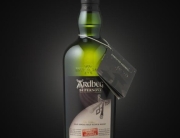



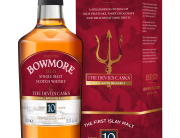



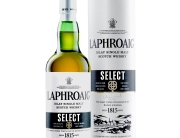




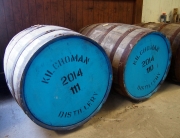


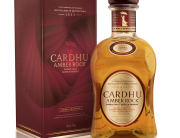
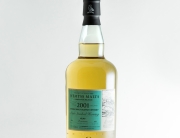

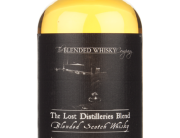
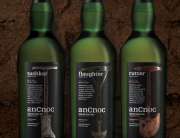
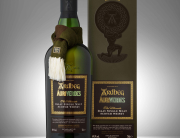
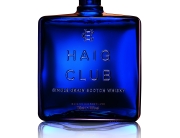

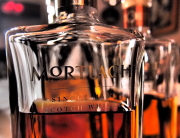

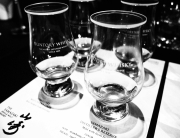







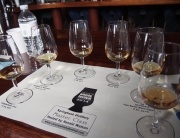



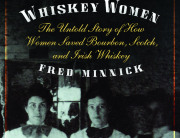



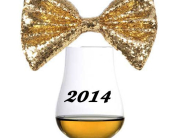




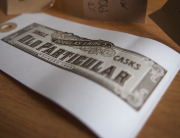

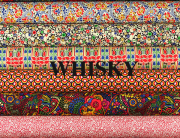

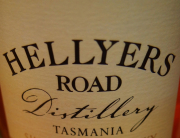
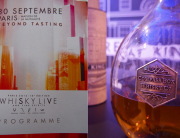



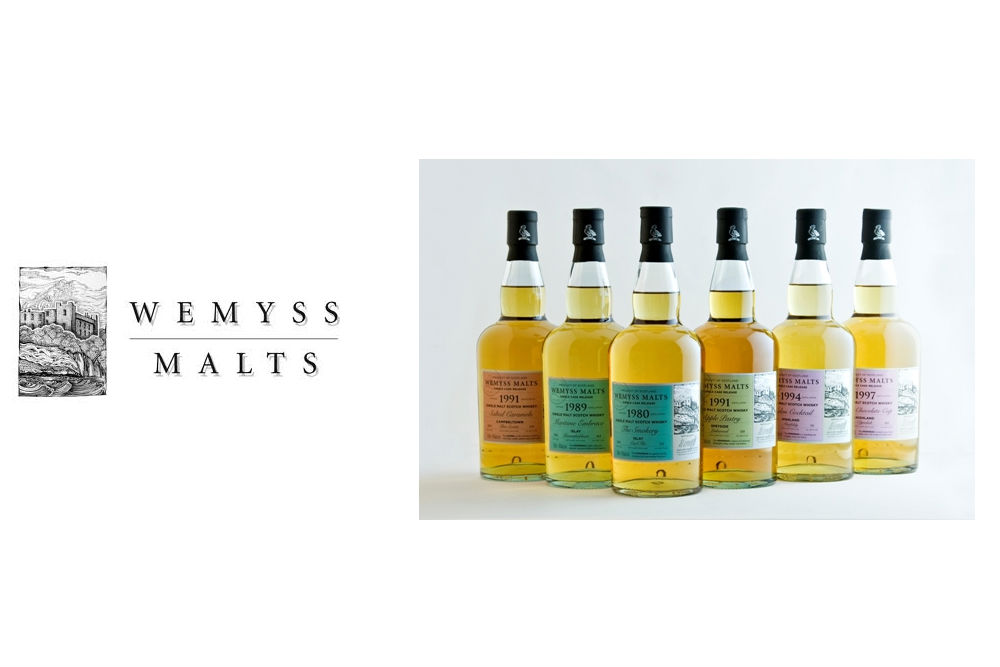
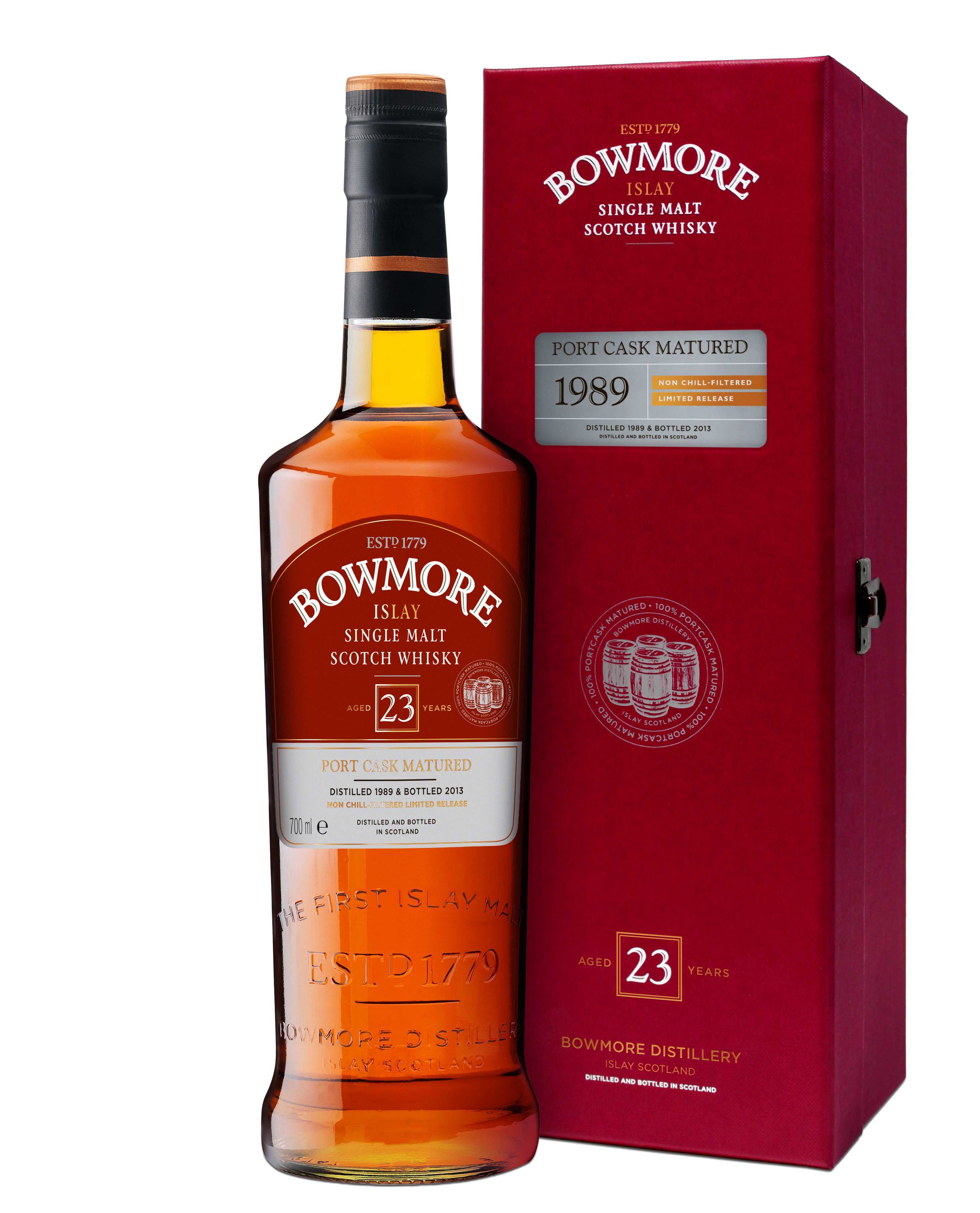
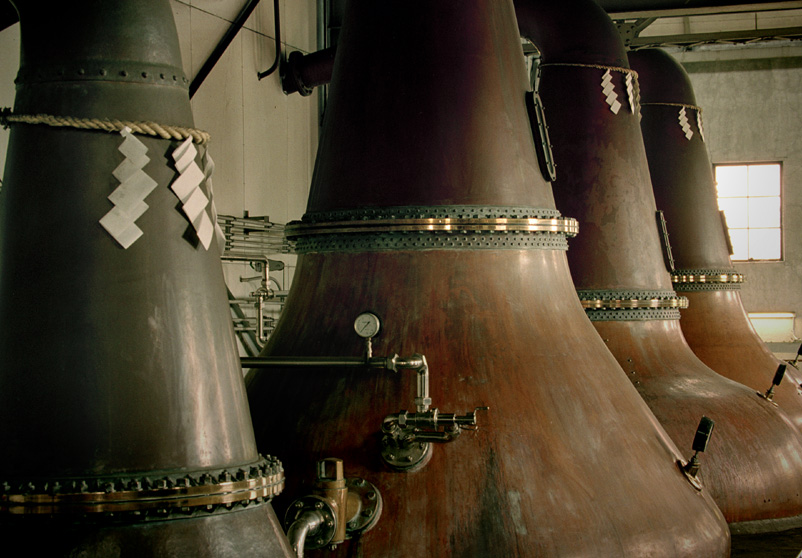
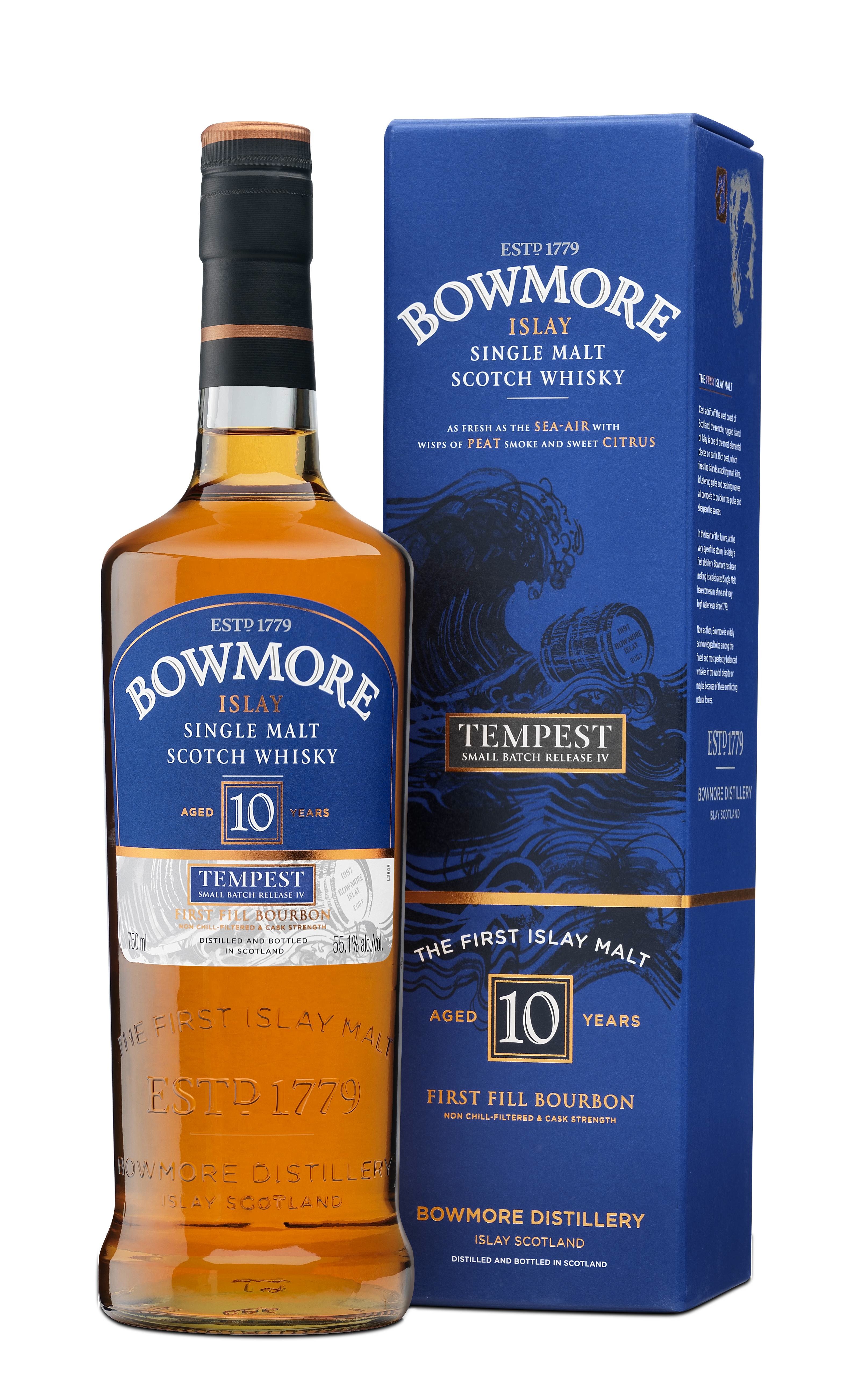


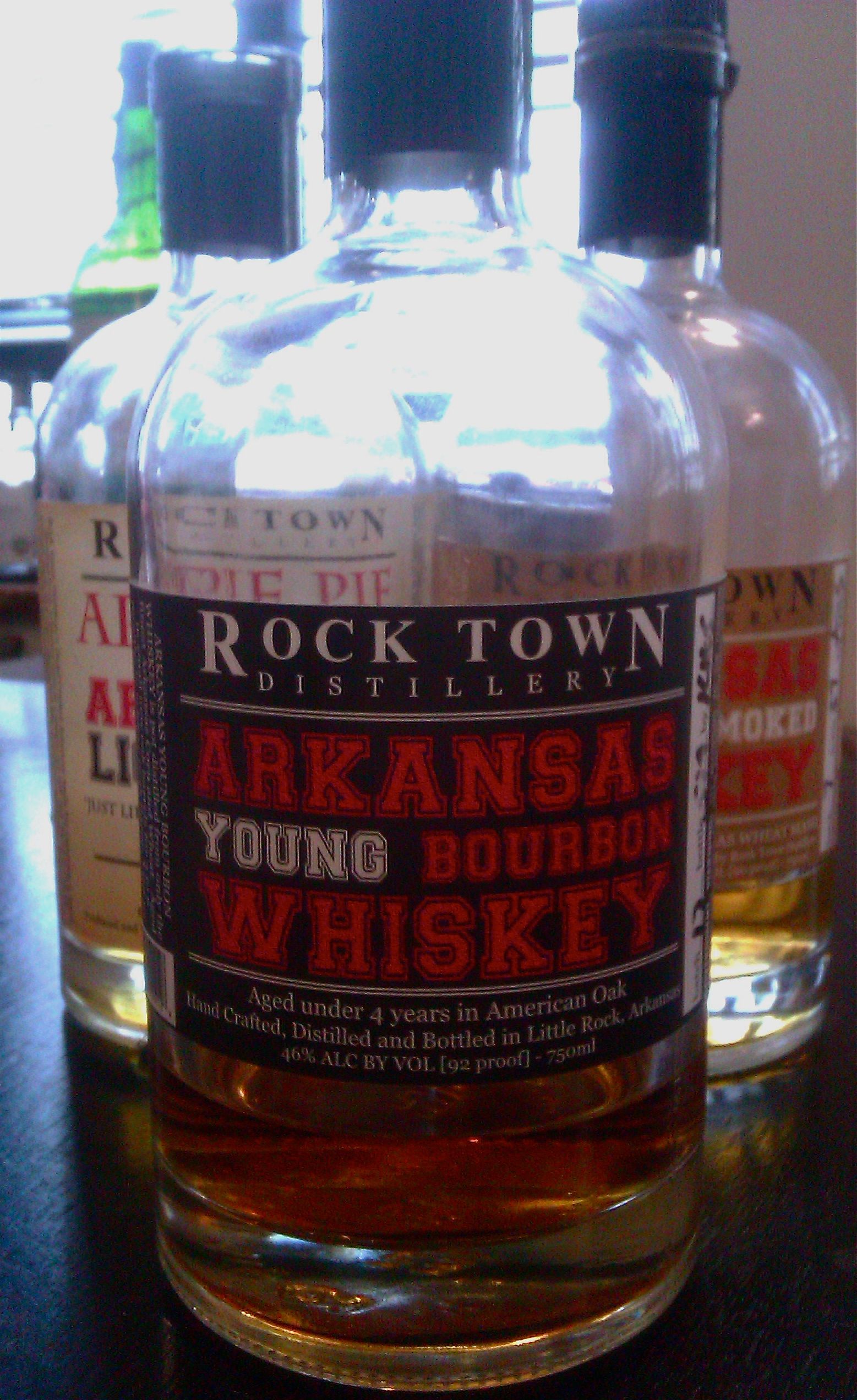

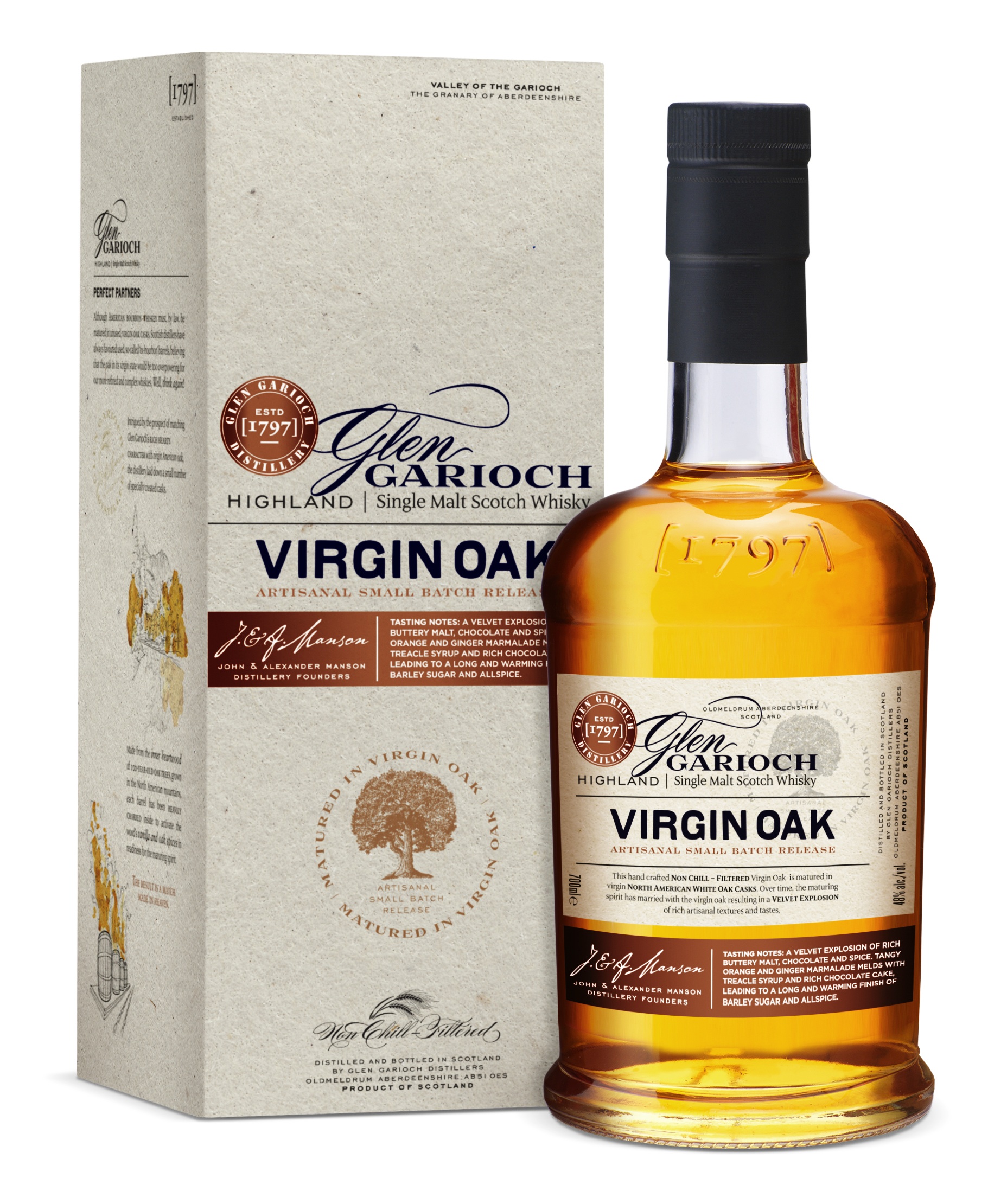


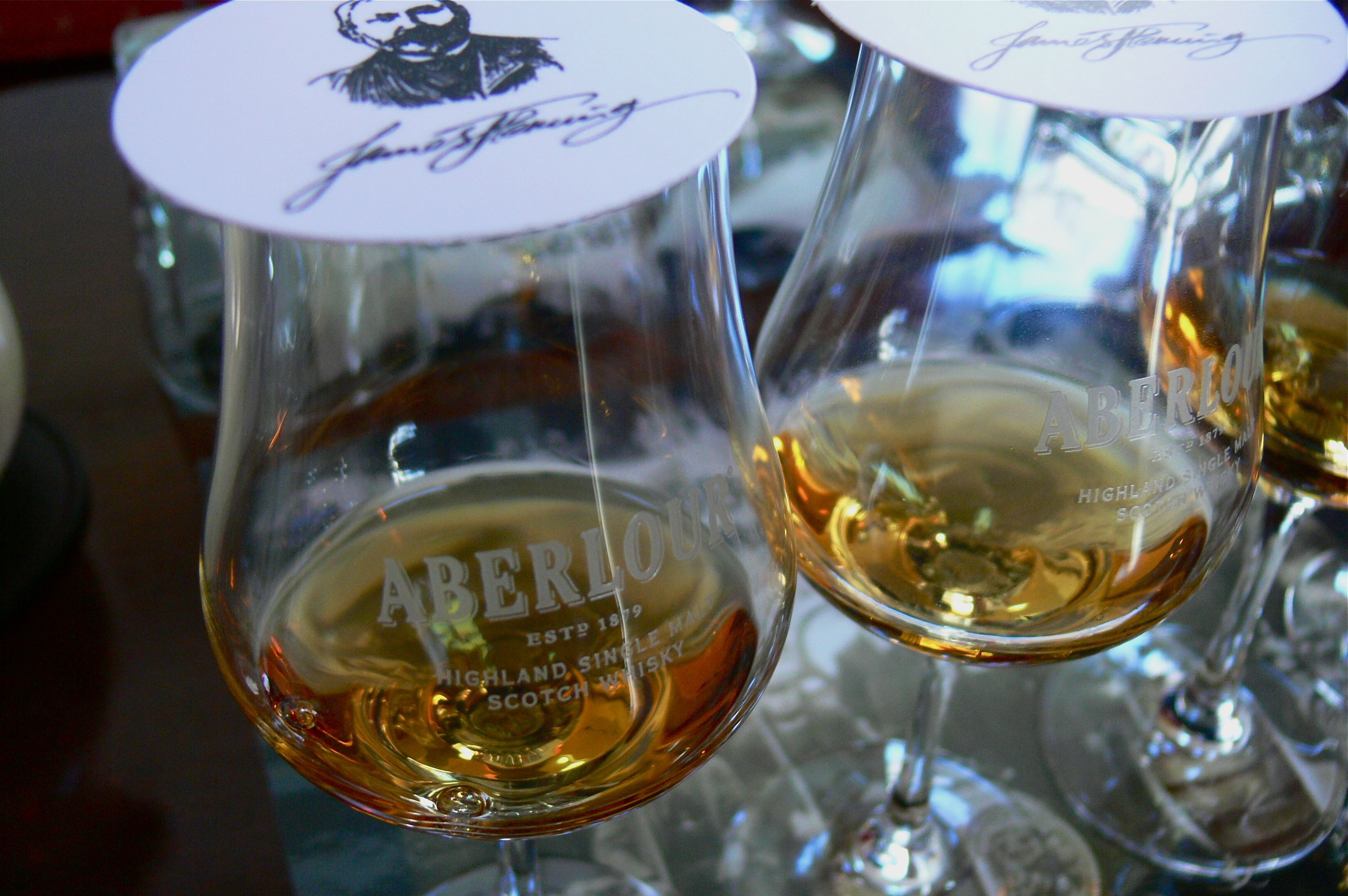


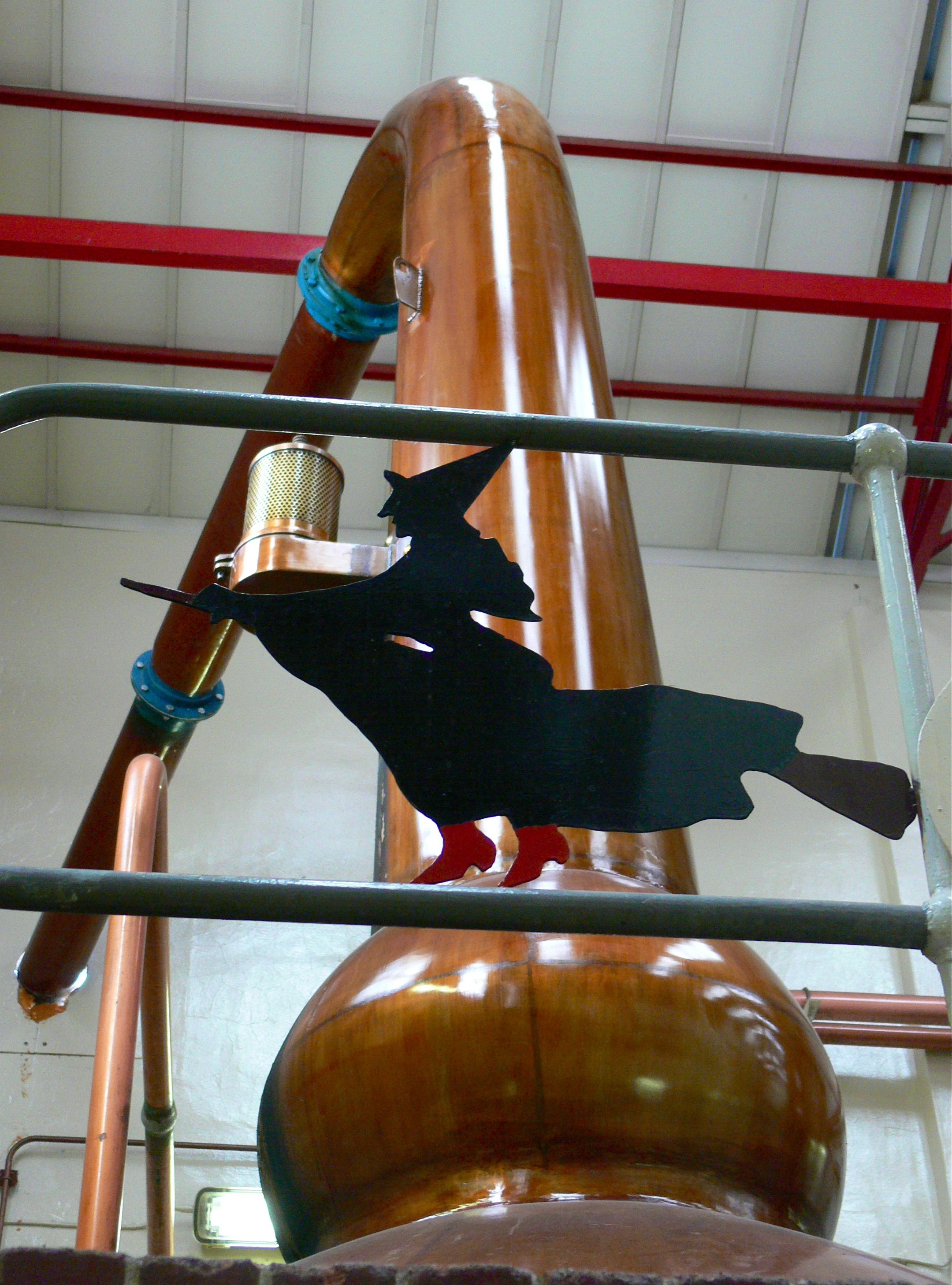





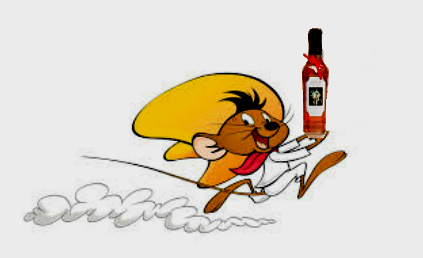

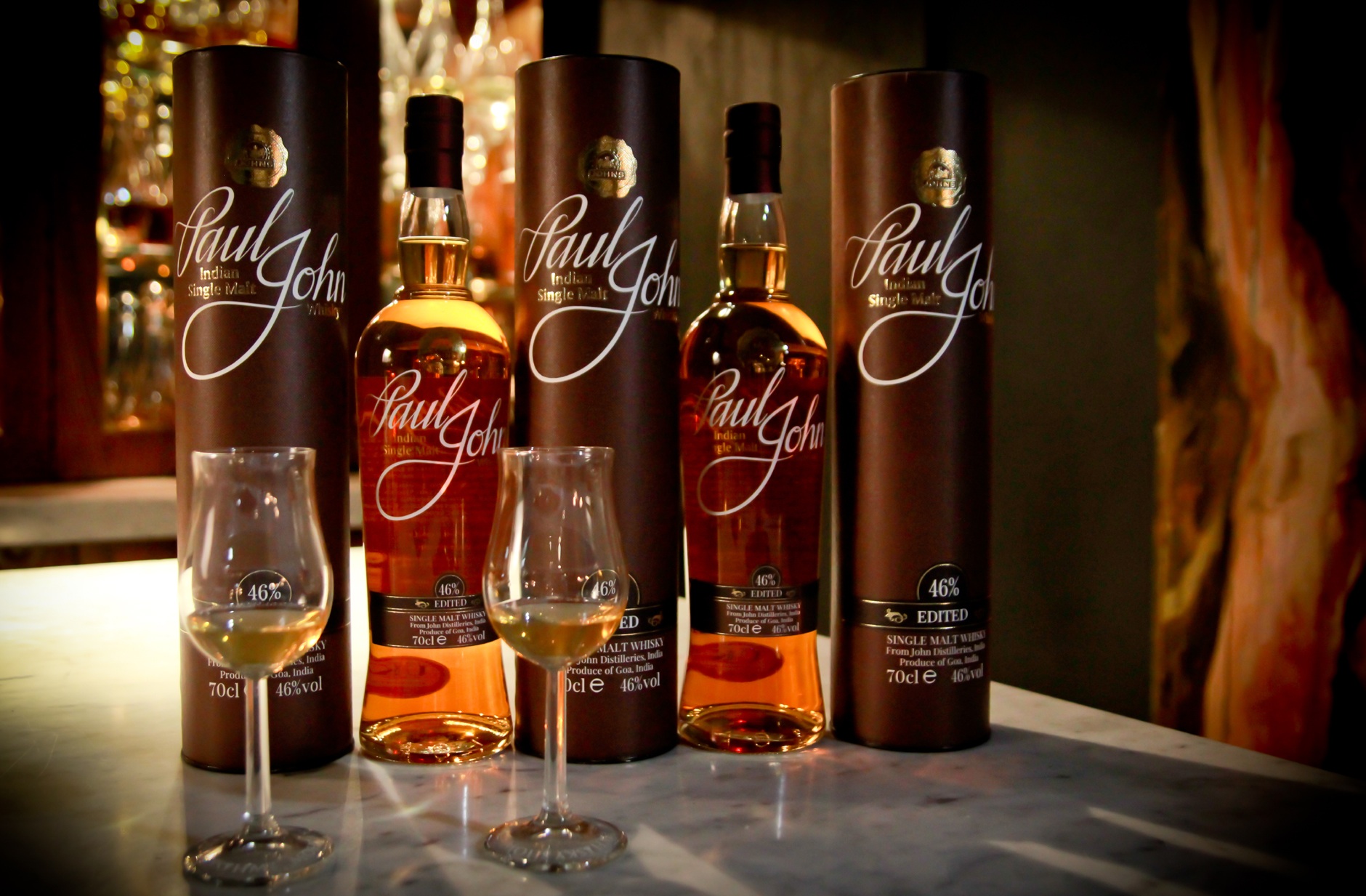
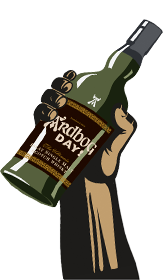


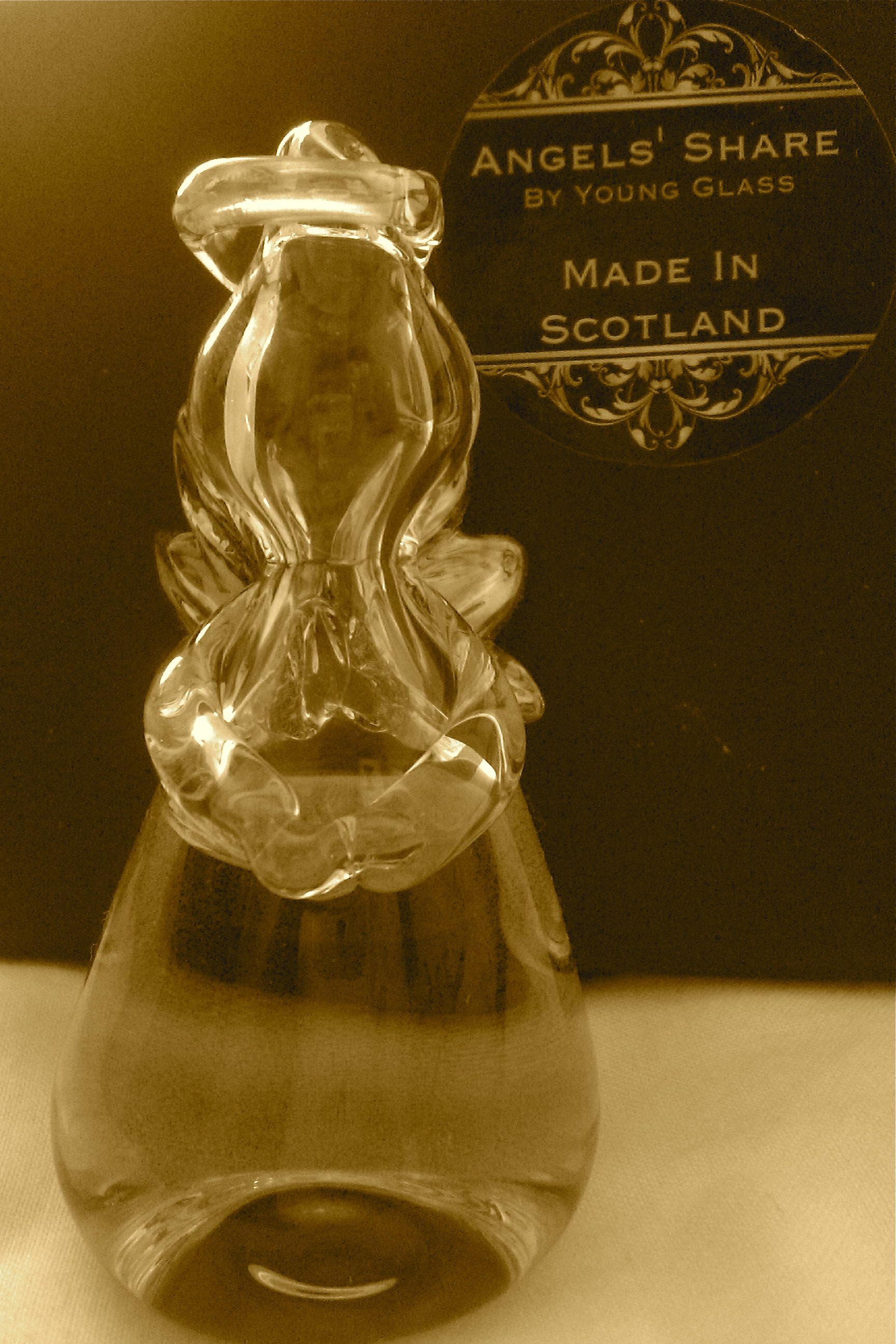
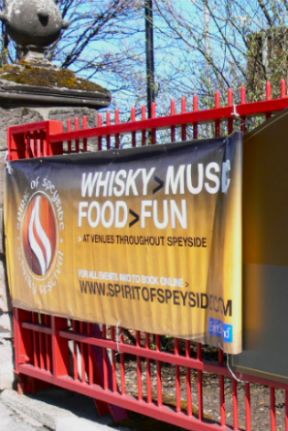

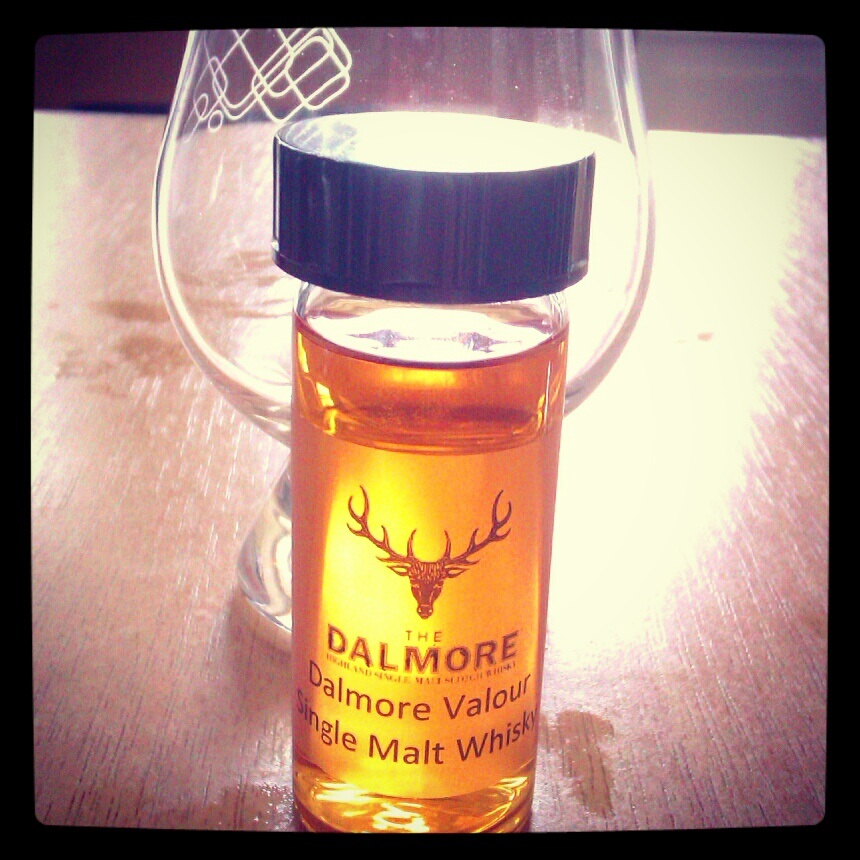

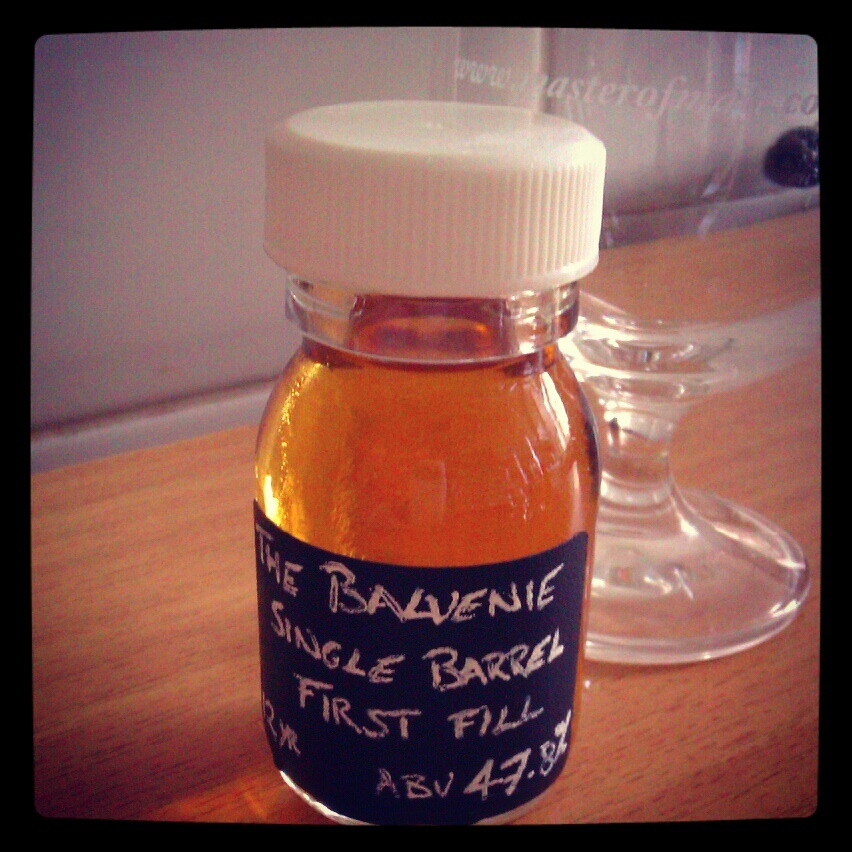

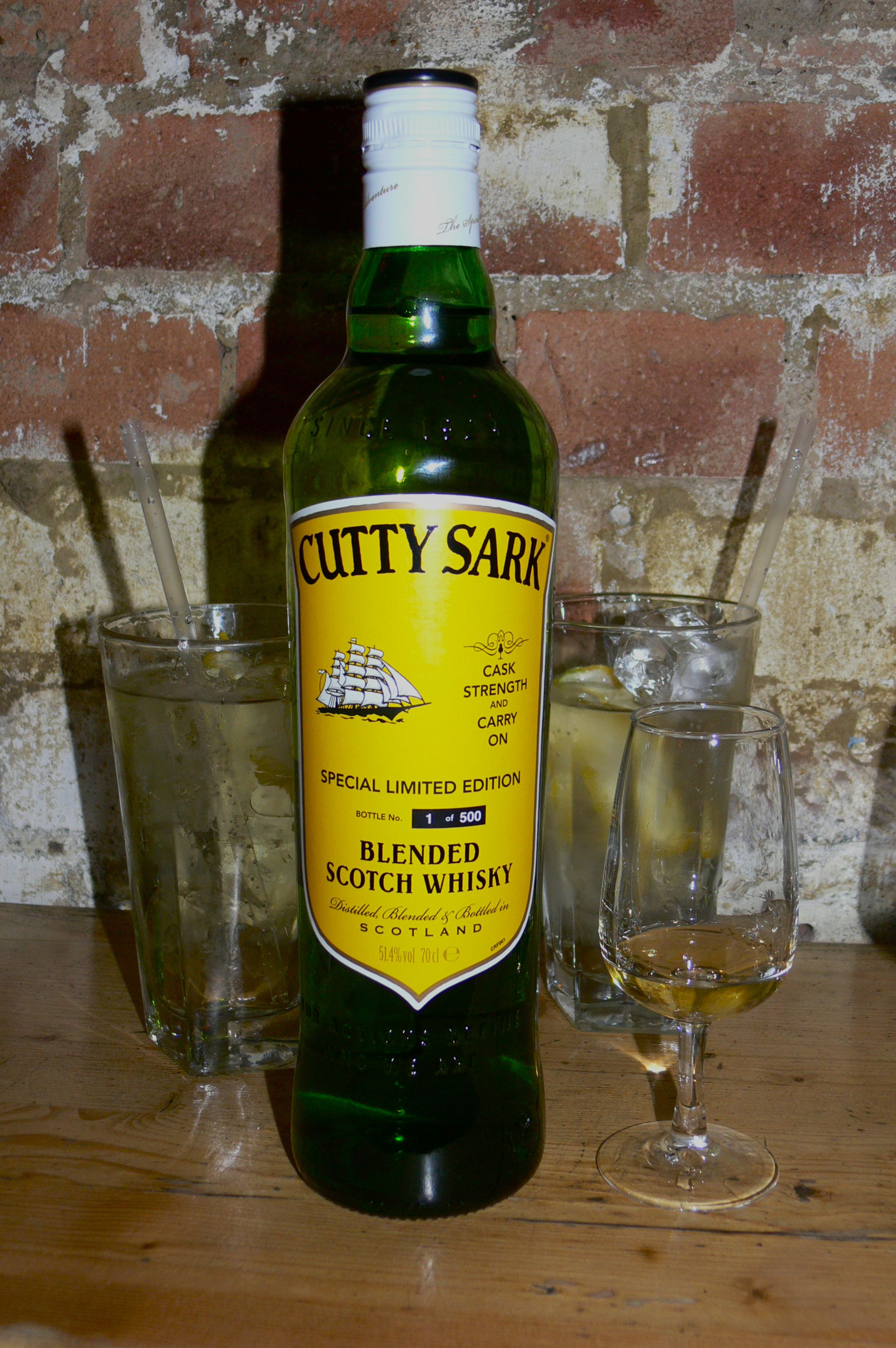


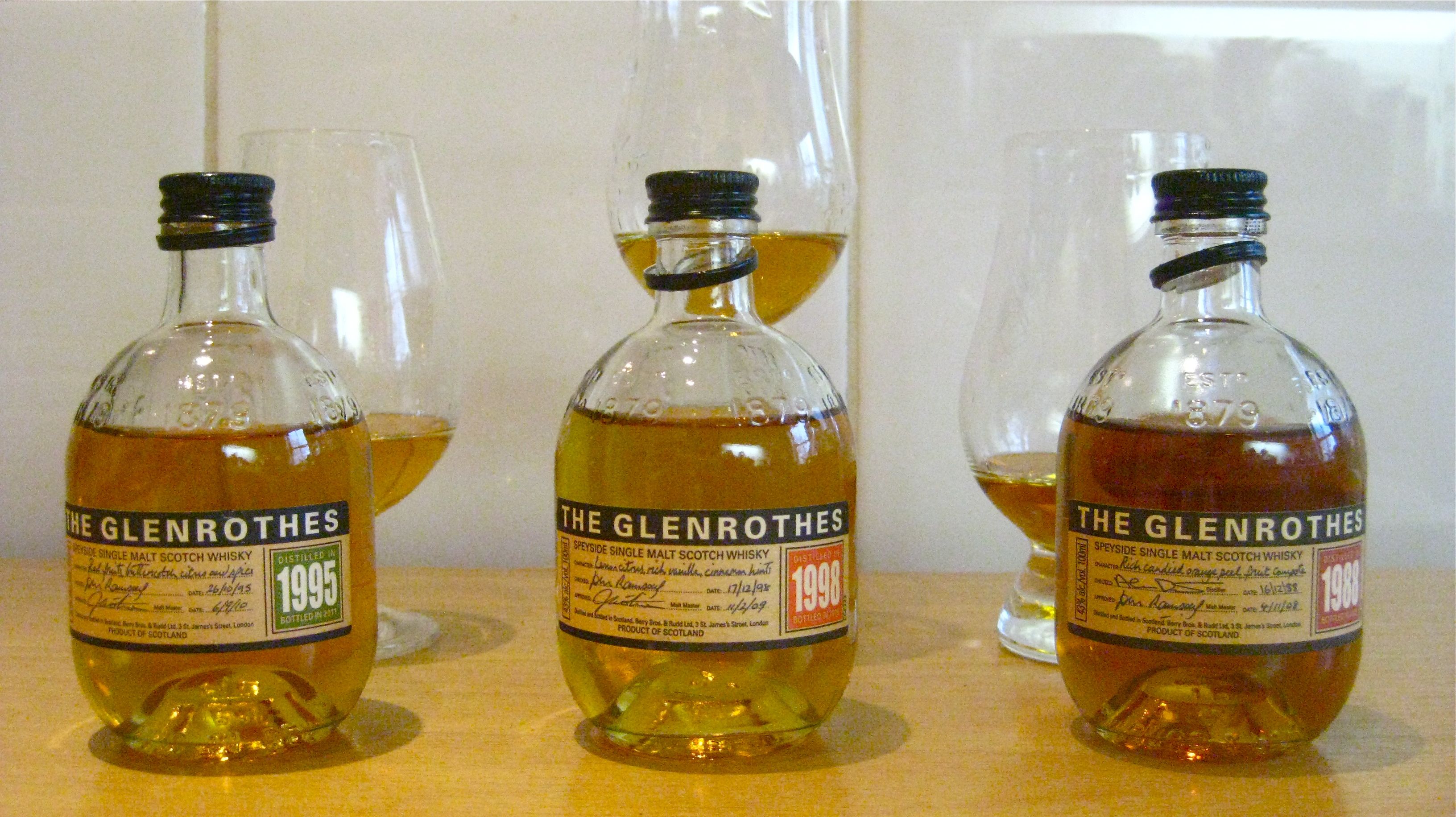
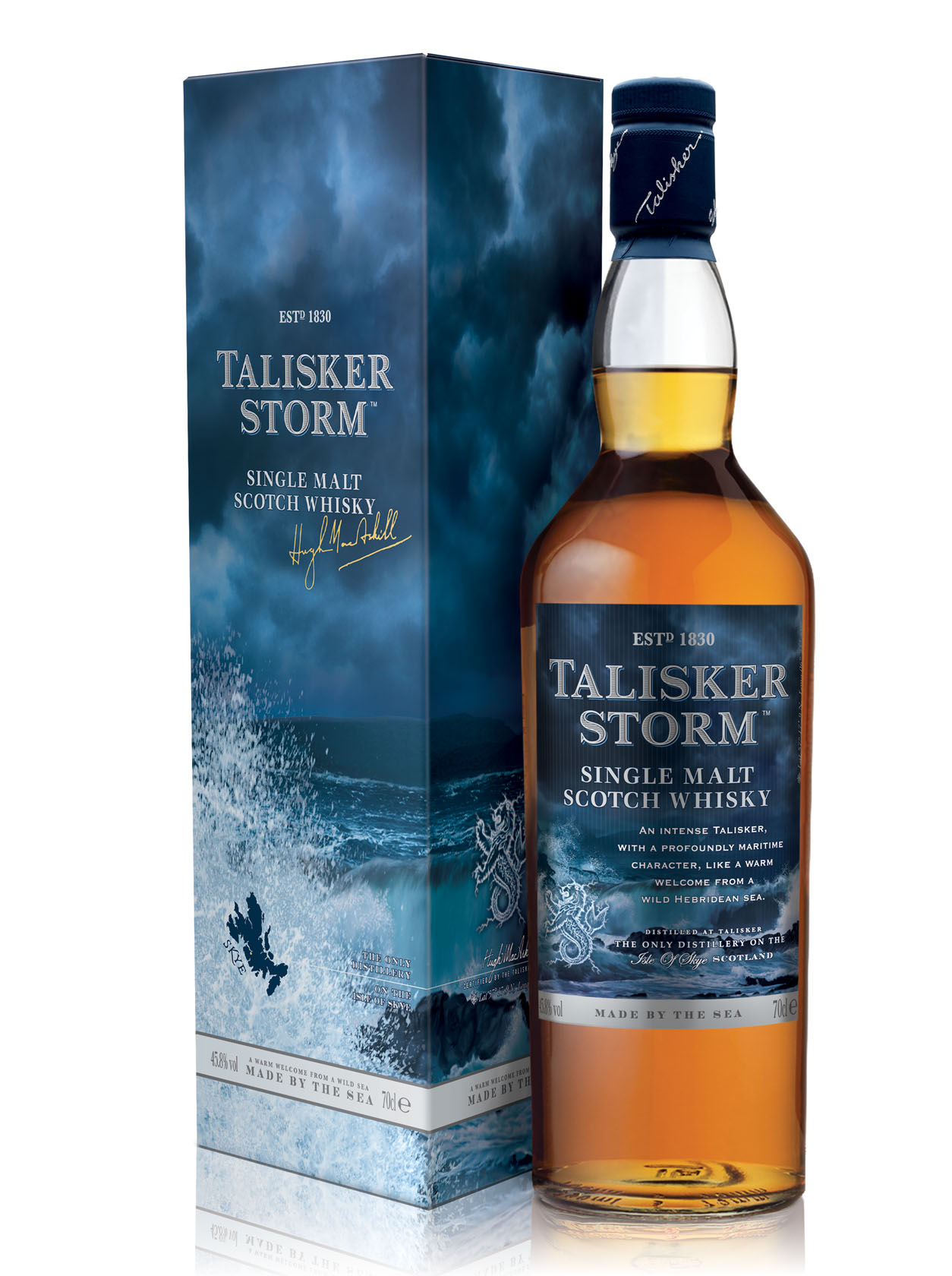


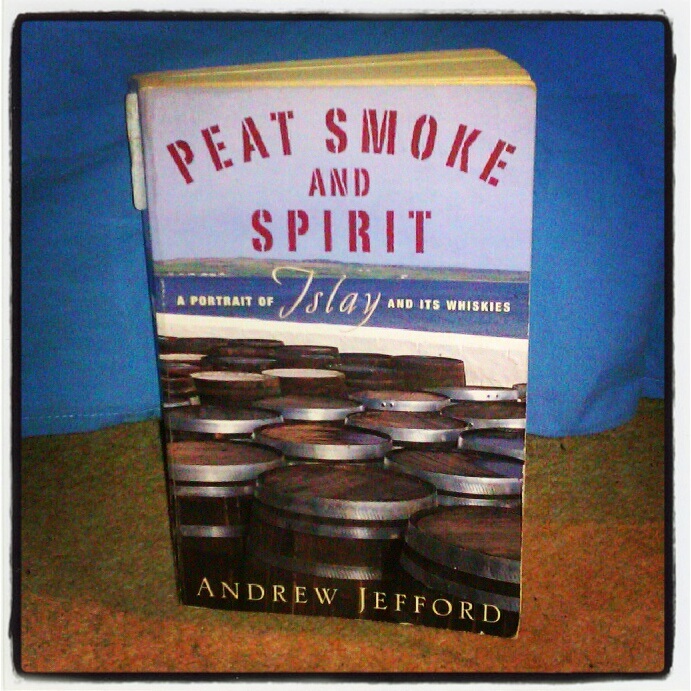




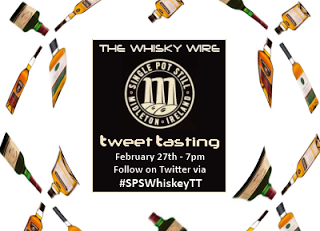


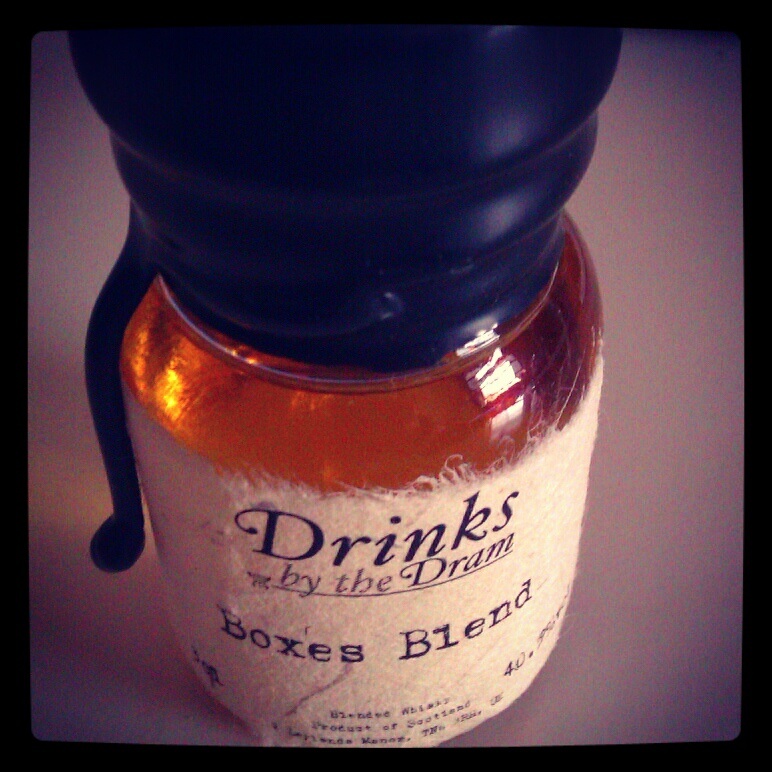

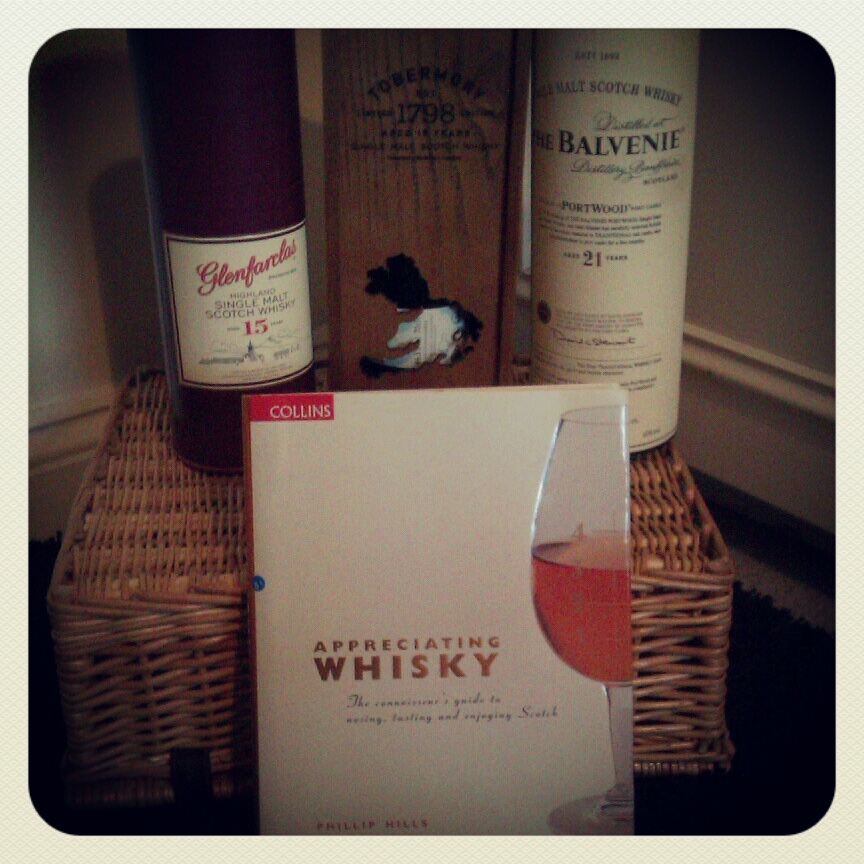

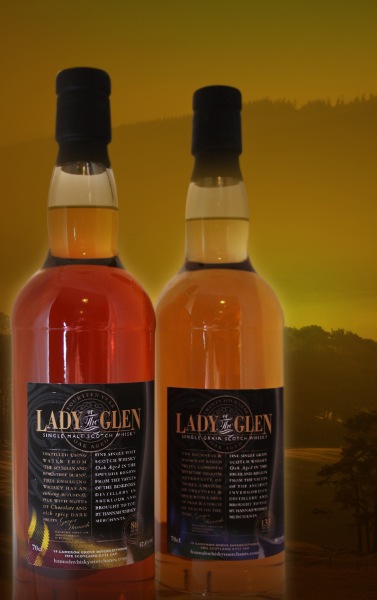





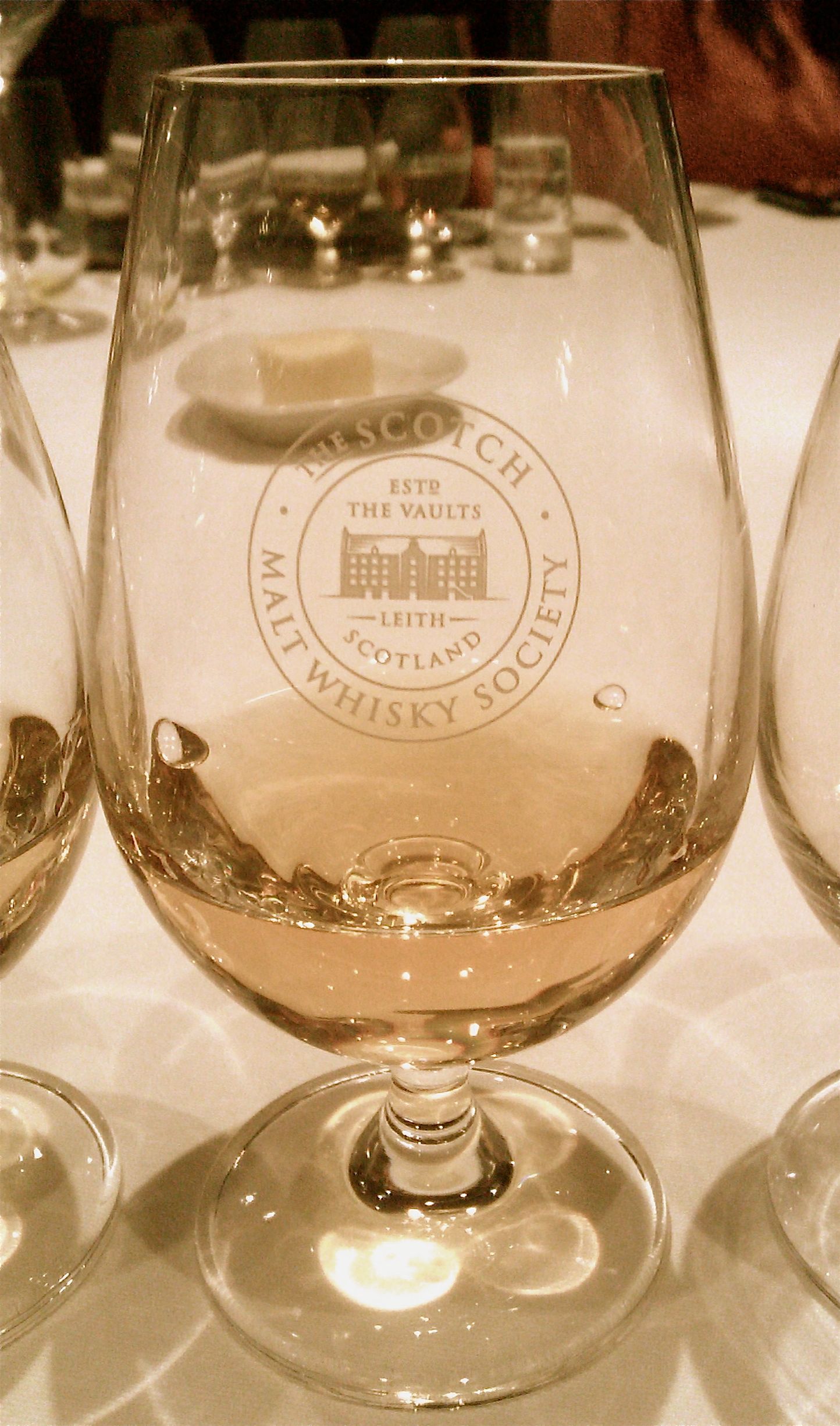




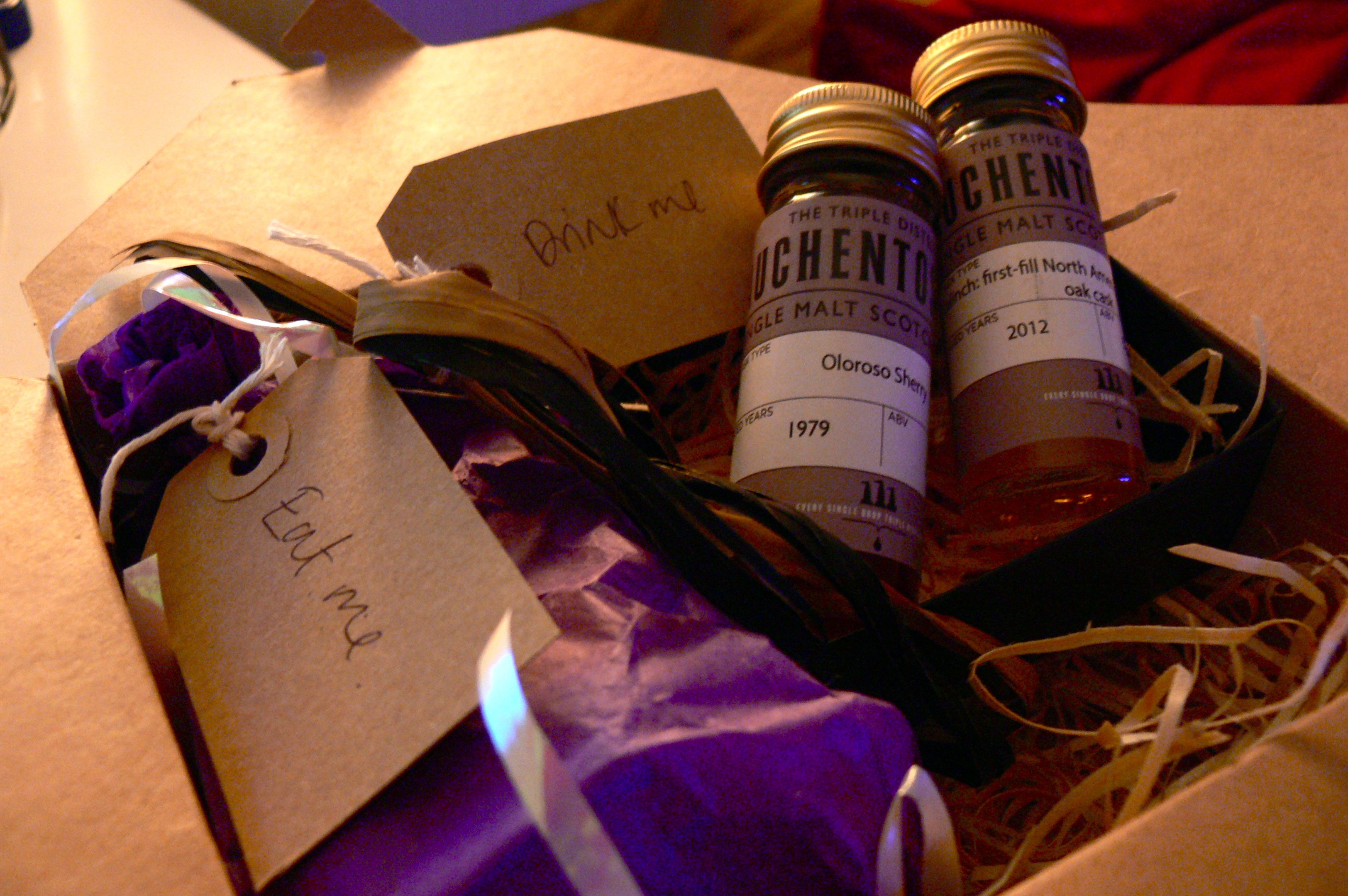

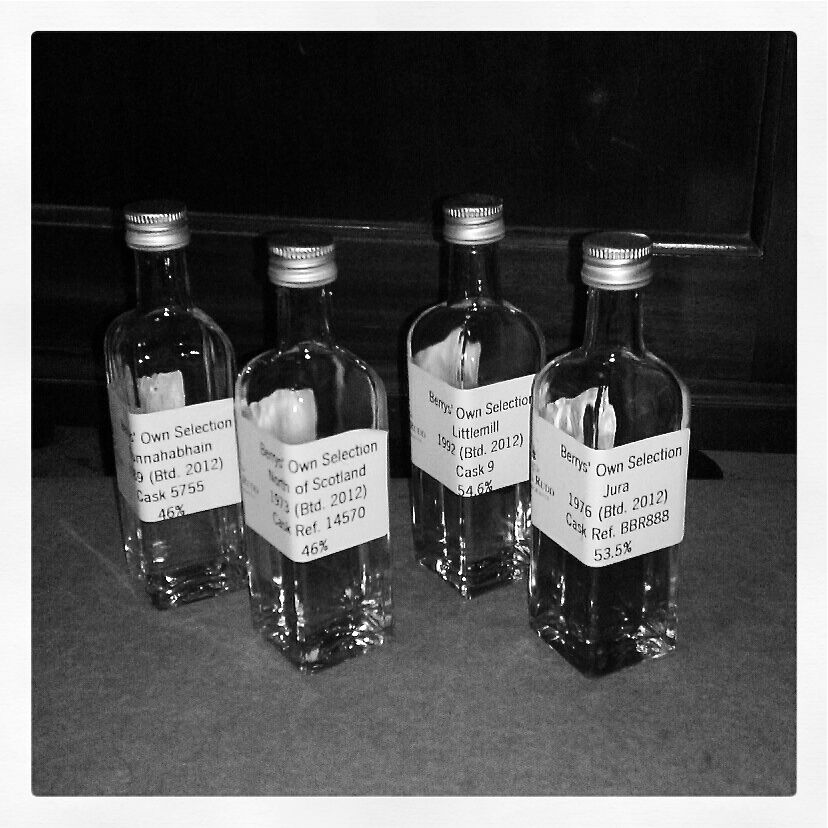






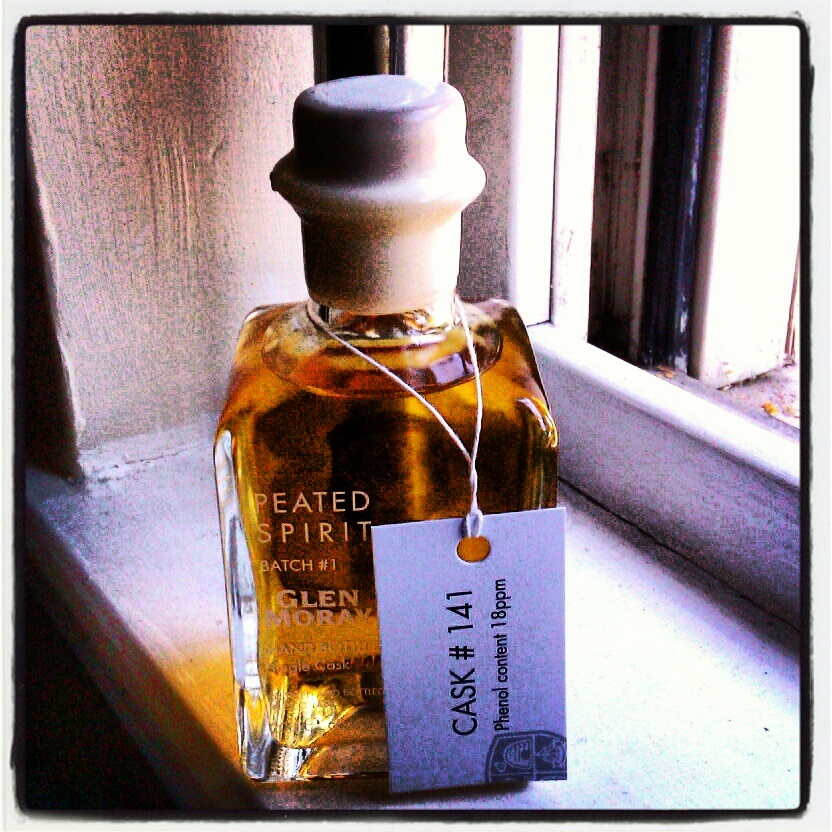


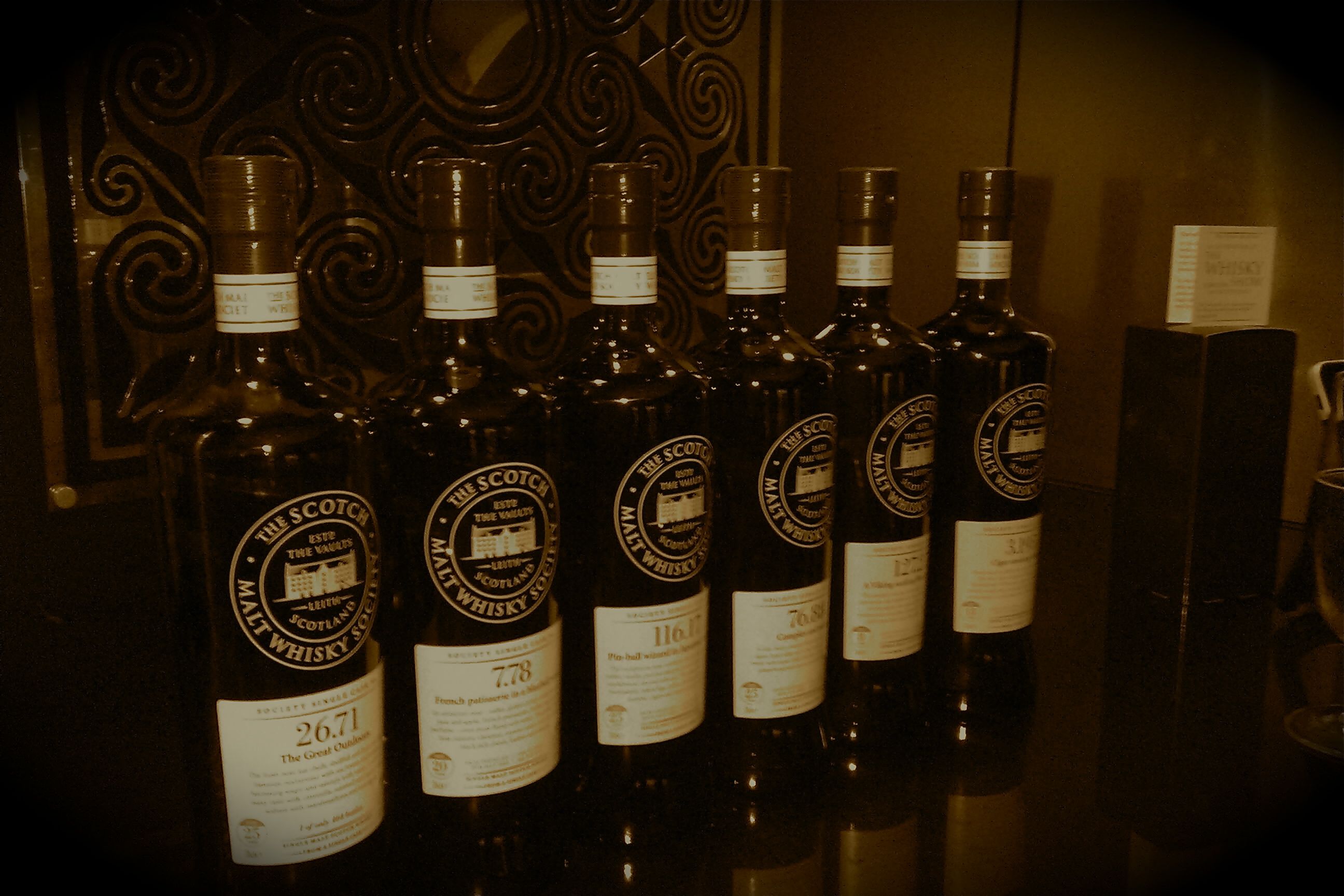




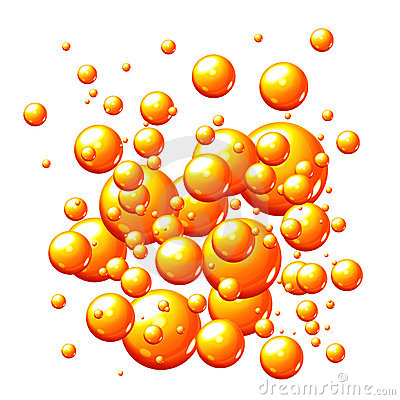




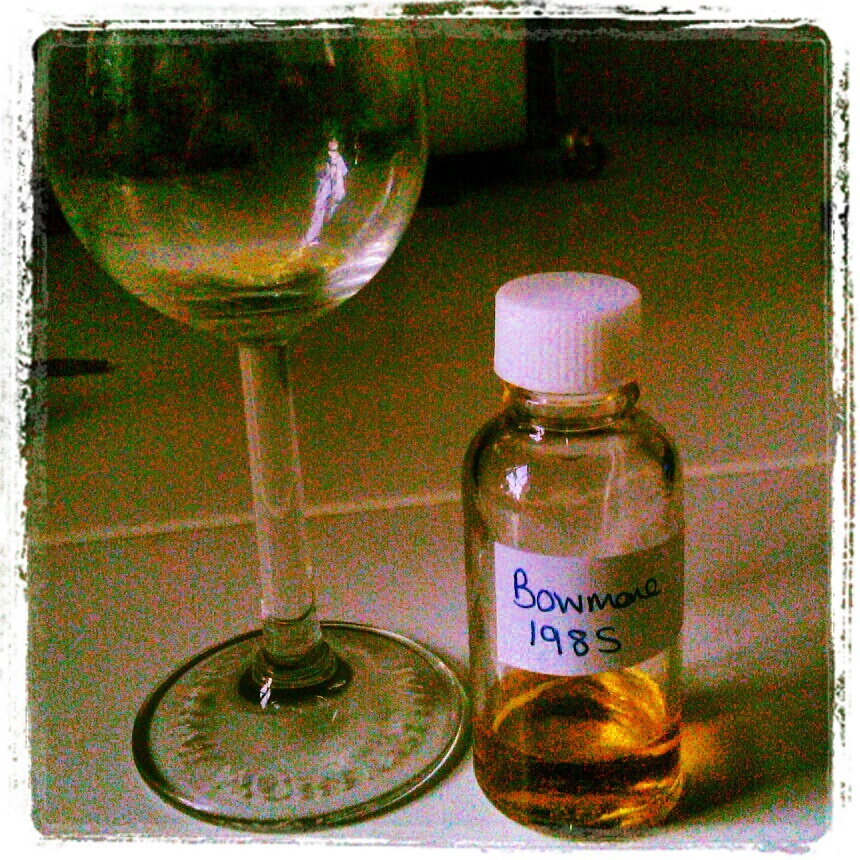
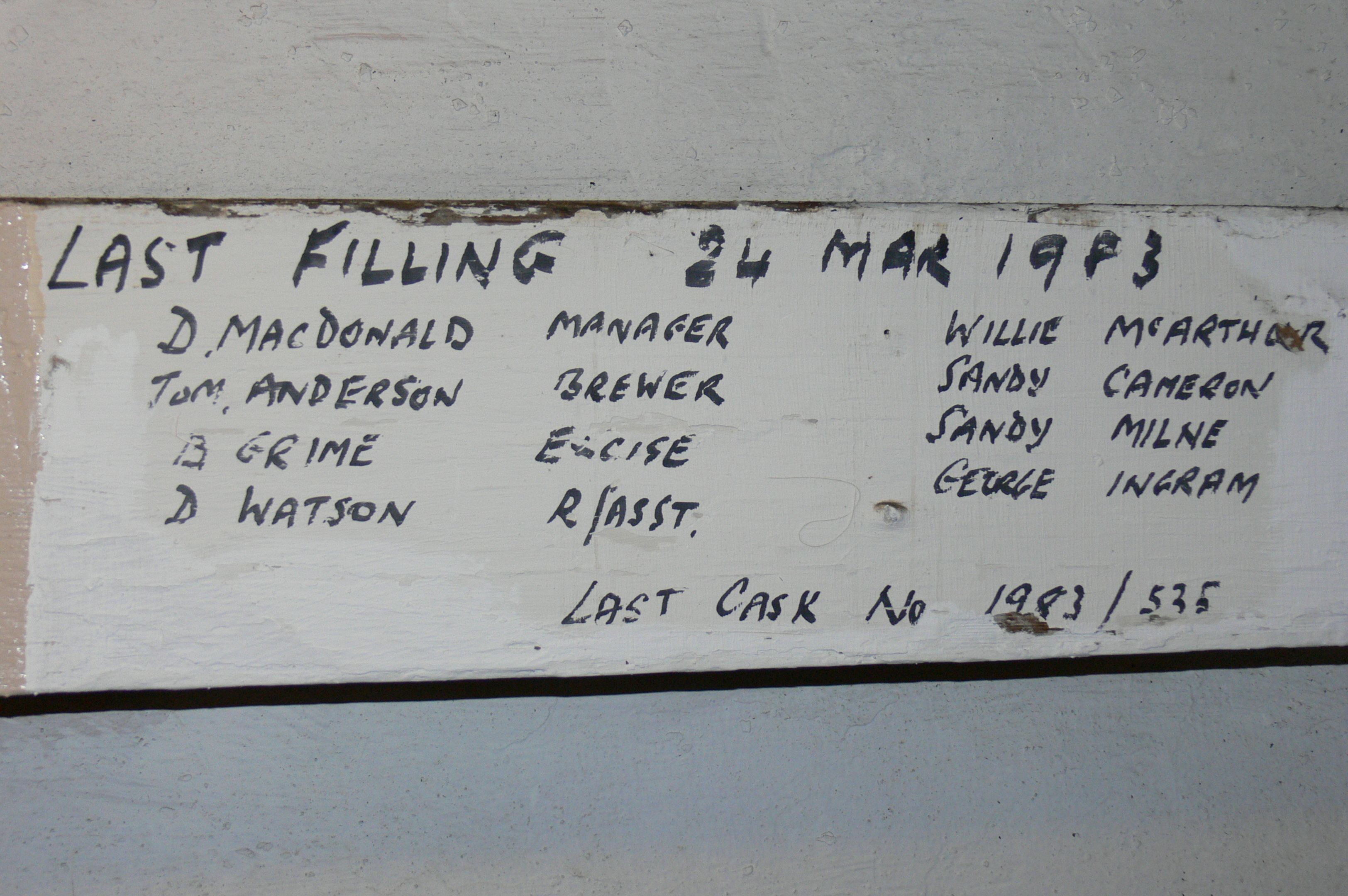




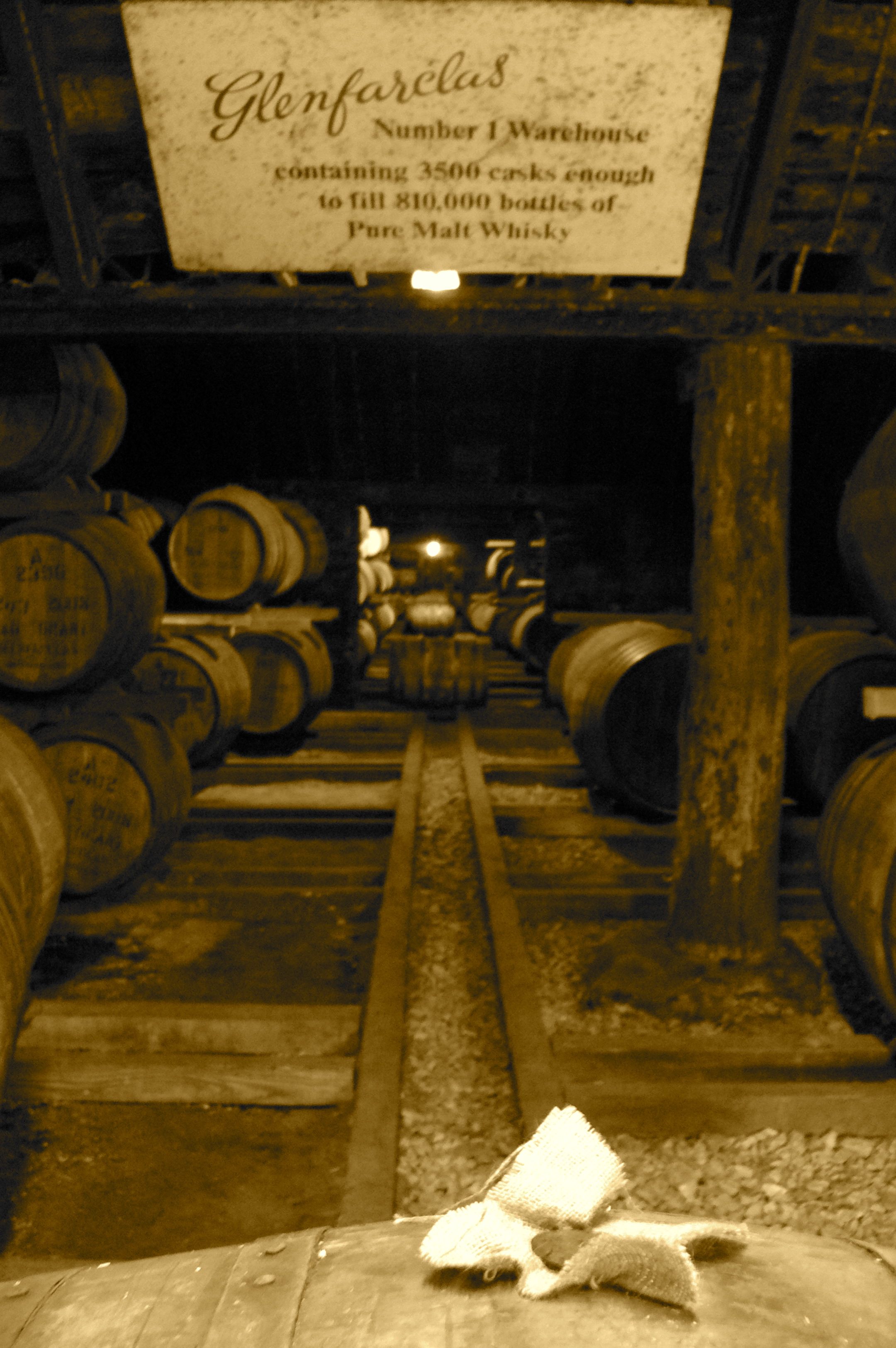








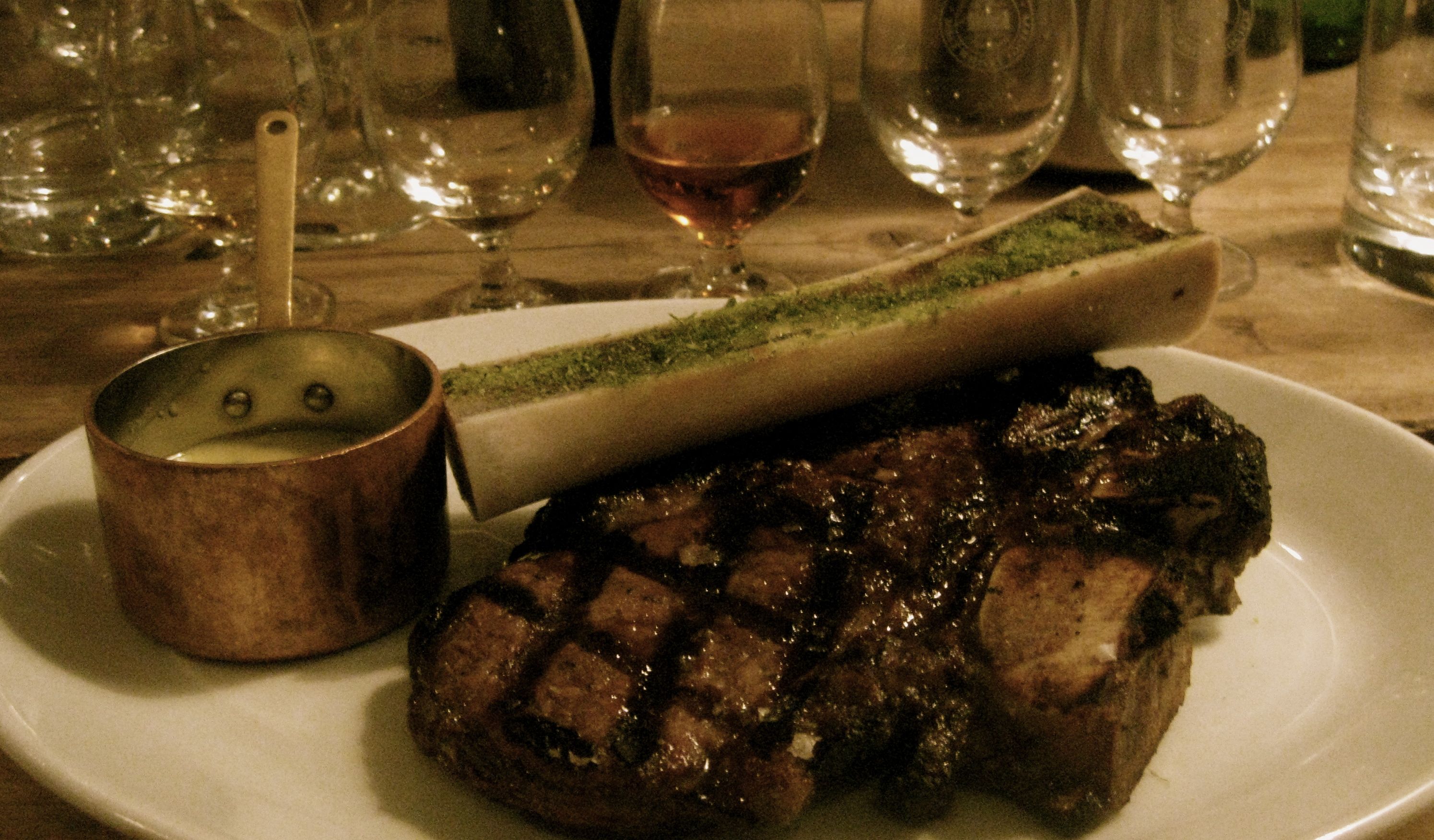
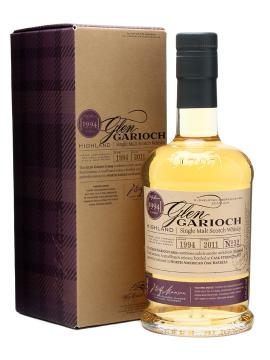
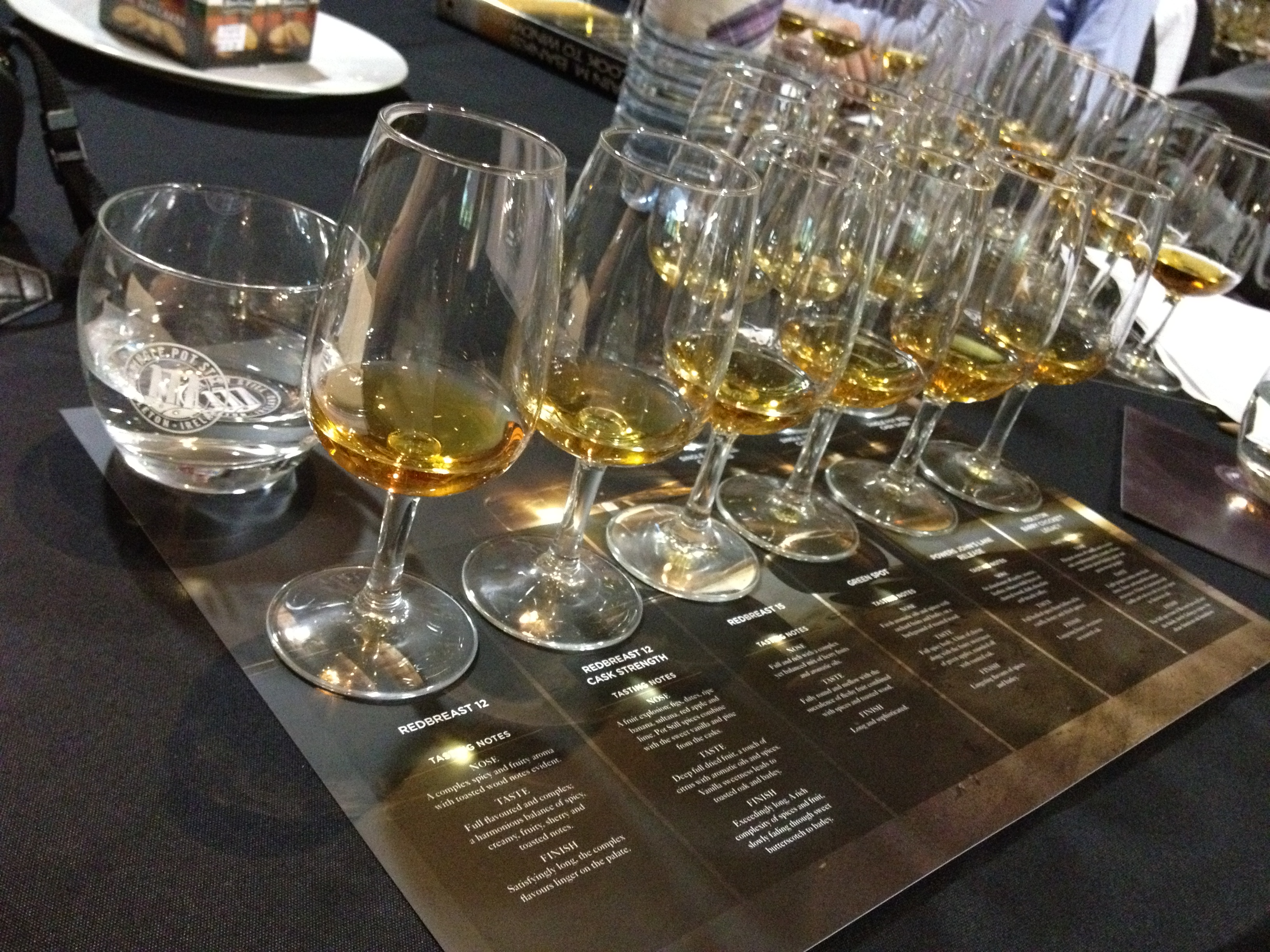






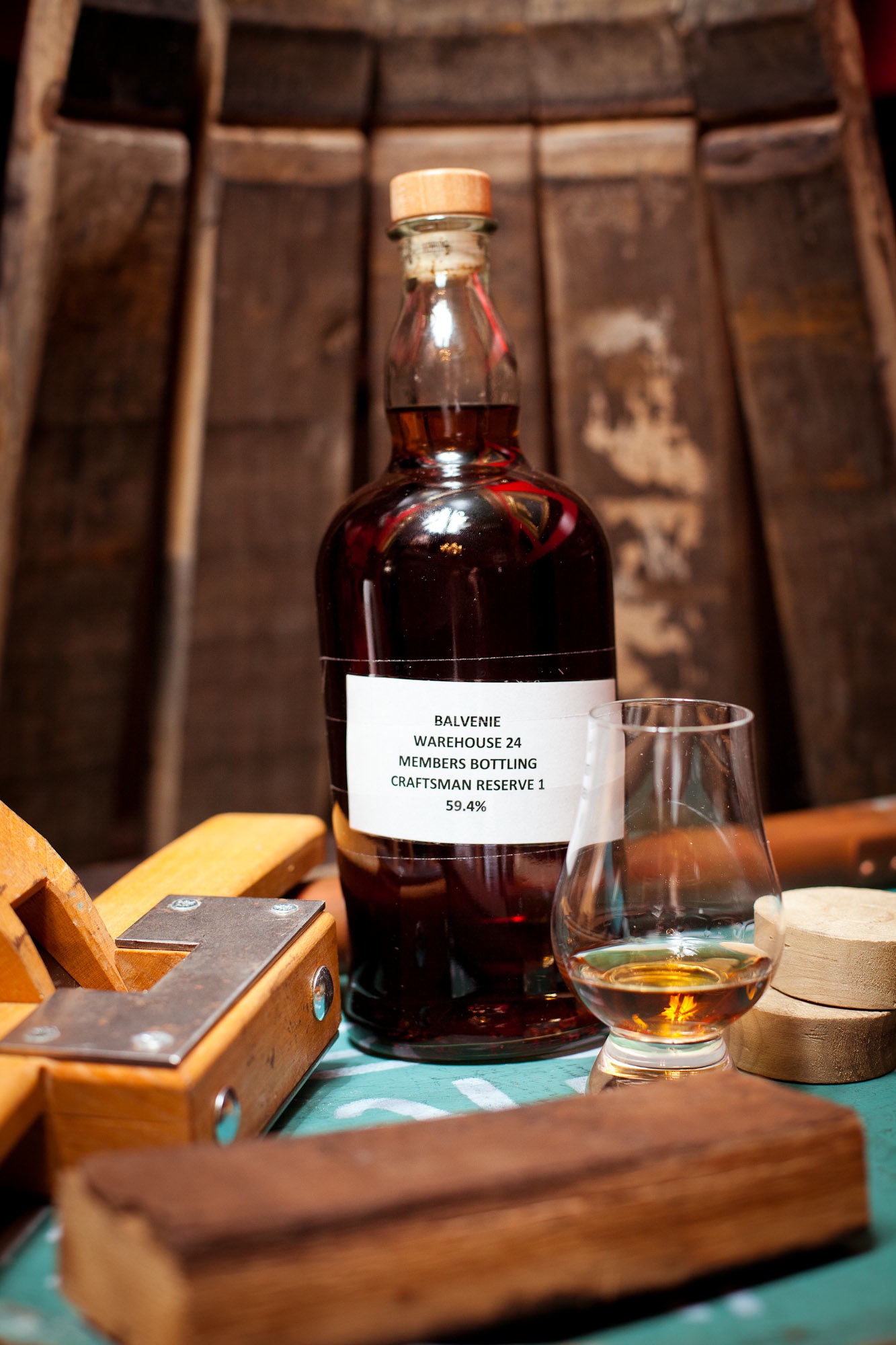


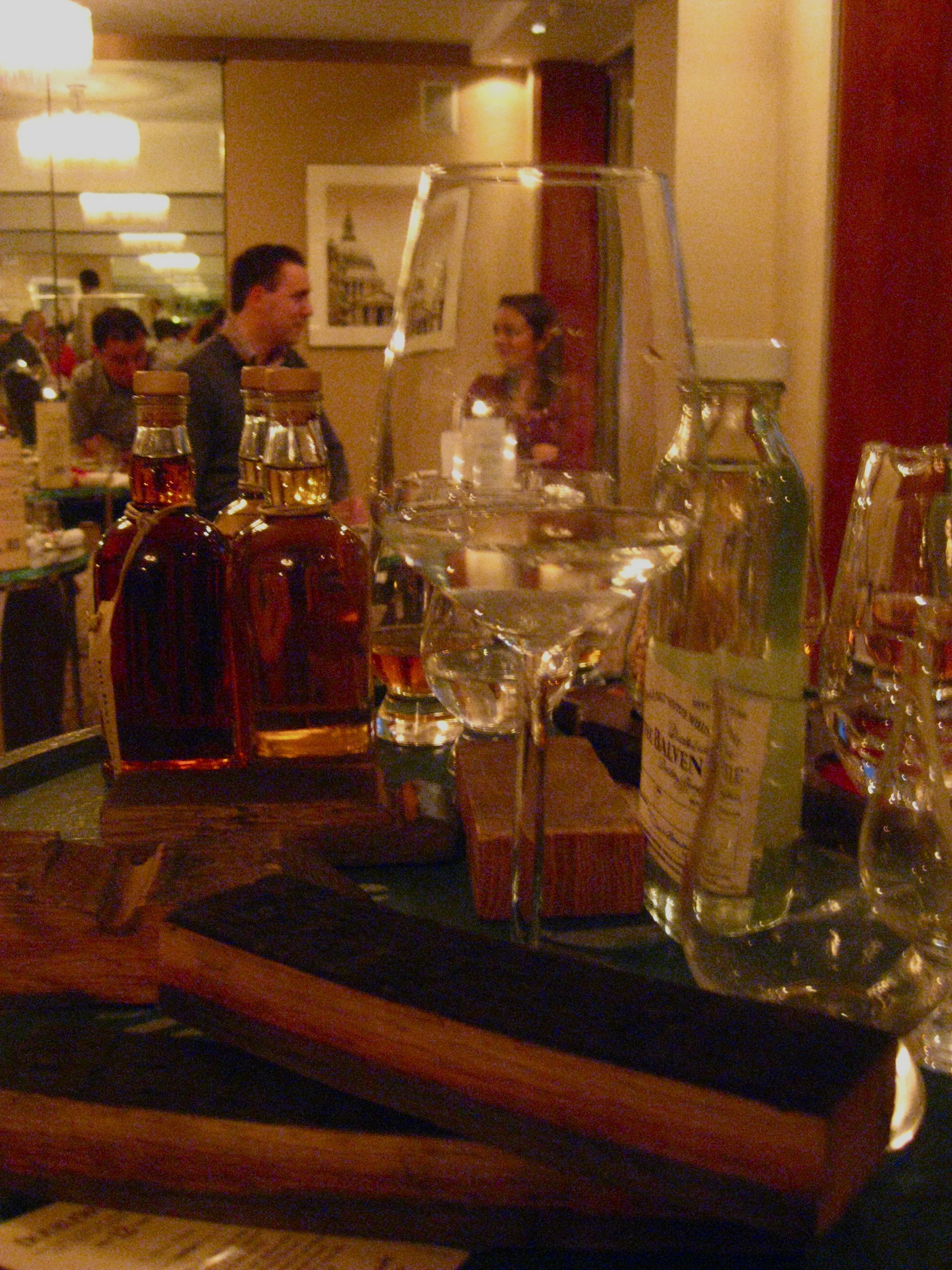



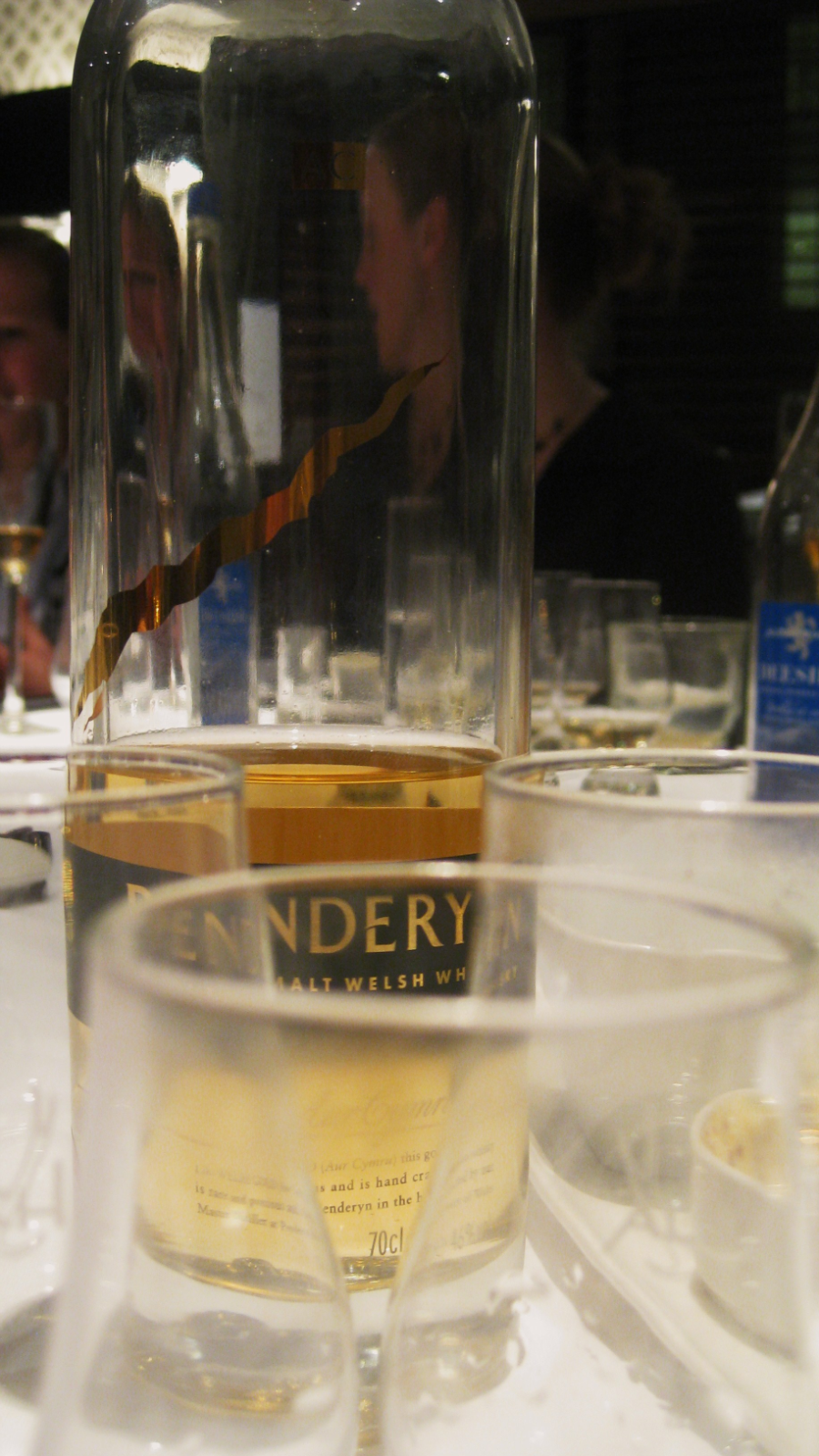
[…] label, there’s that grouse again, this time it’s a black one (tetrao tetrix). Miss Whisky has a good description for this alpha version of the famous brand: “a peaty whisky for people […]